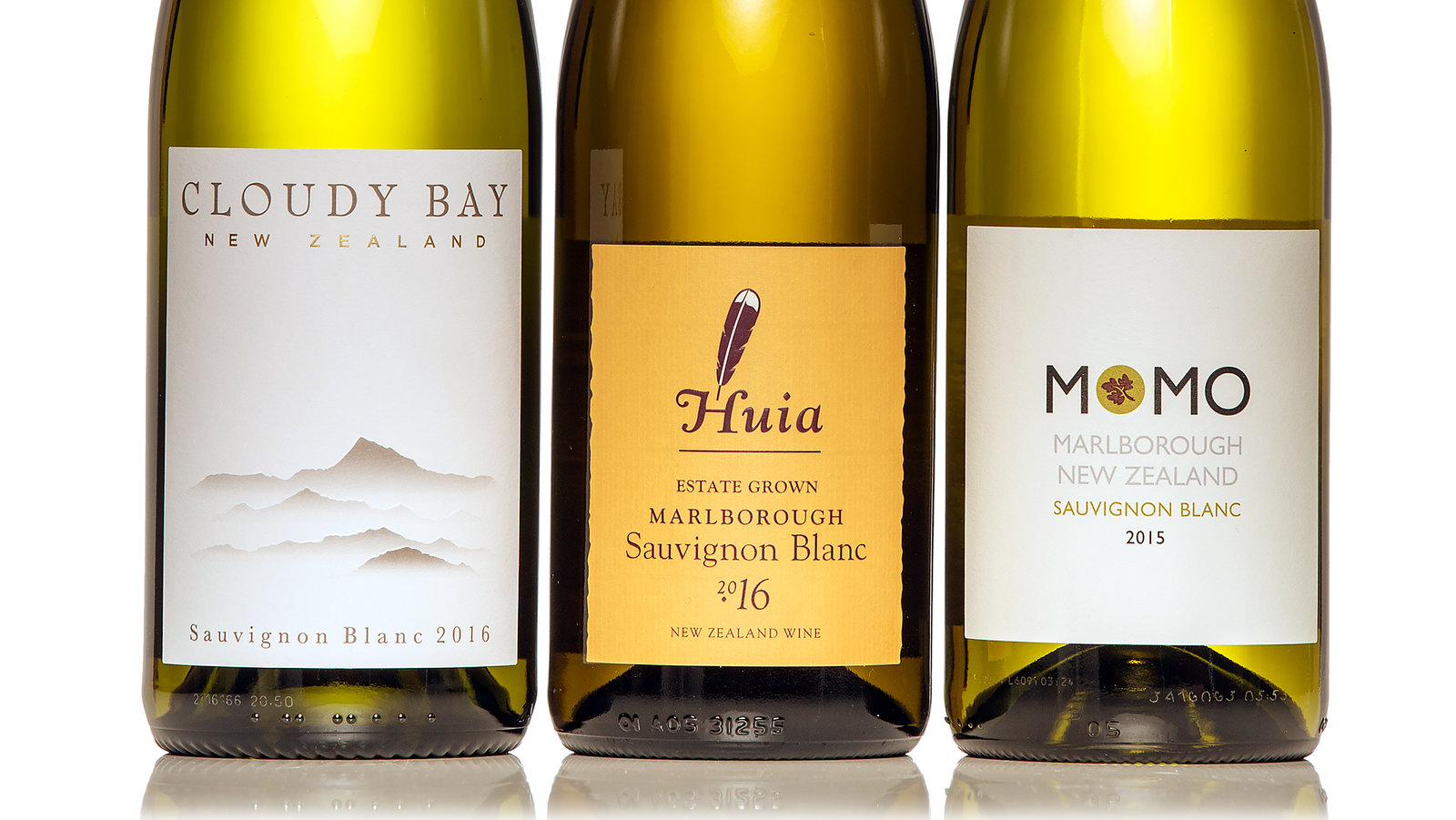
Sauvignon Blanc is one of the most widely planted varieties in the world, with tens of thousands of hectares planted. Only Chardonnay is more popular among the white varieties. The famous grape originates from France, in particular from the Loire Valley, and is the progenitor of the lesser known light grapes Traminer and Chenin Blanc.
Sauvignon plantations are not only found in Europe, but also in Australia, America, New Zealand and even Africa.
Characteristics of the Sauvignon Blanc variety
The original name of the variety is Sauvignon blanc. It is believed to derive from the word “sauvage”, meaning “wild”. The vines are given names in the different regions (Beyaz Sauvignon, Blanc doux, Blanc Fumé, Bordeaux bianco, etc.), which invariably include the word “white” in the local sound.
The vine has several mutations: Sauvignon Gris (also known as Sauvignon Rose), Sauvignon Noir and Sauvignon Violet, which differ in fruit colour and taste characteristics. However, they are not well known and not particularly popular.
The prevalence of the grape is quite simple: Sauvignon Blanc is undemanding, but produces wonderfully fresh and fruity wines that are easy to drink and go well with almost any type of food. Drinks made from this classic grape are especially good in summer. Sauvignon behaves and performs differently in different regions, creating new nuances of flavours and aromas. However, the following traits are common to all varieties:
- The clusters are strictly cylindrical in shape, with the berries tightly fitted inside each other.
- The vines belong to the tree category and tolerate low temperatures well. In hot climates, the variety will not perform well and will become capricious.
- The small fruits have an elongated shape and a soft golden colour, varying from pale straw to bright yellow.
- They ripen late and produce a moderate amount of juice.
- The grapes grow best in calcareous soils. Only young vines are suitable for harvesting.
- The mature wines, irrespective of location, develop a characteristic gooseberry and currant note with pronounced acidity. The young wine tastes more like freshly cut herbs.
Growing regions and flavours
The best producers of Sauvignon are to be found in its country of origin, France, where this golden fruit is used to make high-end wines with a refined bouquet. Not everyone can appreciate these wines, as they tend to have unpleasant notes.
Among wine experts, a special tasting term has even been coined to describe noble Sauvignon wines, called “pipi de chat”. It means nothing less than “cat piss”. But that’s the trick! For the average consumer, a Sauvignon is associated with aromas of citrus, meadow herbs, green berries, paprika, fresh redcurrant leaf, moderate minerality and a light, smoky flavour. However, products from different regions have their own specific characteristics.
French wines
French wines are called classics, reference products of Sauvignon. Their taste is characterised by a distinctly fruity flavour and a predominance of citrus notes. The main suppliers are the wineries of Sancerre and Pouilly-Fume, both in the centre of France, on the banks of the Loire.
Sainte-Brie is not a bad wine, although it is more affordable and of the same quality as the famous Loire wine. This variety is also used for the wines of the Bordeaux region, where it is often blended. The most famous are the sweet dessert drinks, Sauternes, made from must grapes. Bordeaux dry Sauvignon wines are popular in Graves, Entre-Deux-Mers and Pessac-Léognan. Prominent French producers include Michel Reddeetfils, Chateau Smith Haut-Lafitte.
Drinks from the New World
South Africa, the United States, New Zealand, Argentina and other countries have exotic flavours: peach, melon, pineapple, lychee and passion fruit are at the heart of the taste. Sauvignon ripens best in warm climates, but loses its freshness, grassy flavour and “smokiness”.
In Africa, the grapes are grown in cooler regions and produce light, fruity wines with a hay-like aroma. Australian and Californian wines are oily and have a slightly heavy bouquet, which is largely due to long periods of oak ageing. Similar qualities are also found in wines from the United States, which is where the “craze” for wood preservation began. New Zealand sauvignons have a reputation for being excessive: local winemakers were deluded when they tried to create elegant, restrained drinks similar to those produced in the Loire. Yet it is rich, lively and whimsical.
European wines
Made from Sauvignon in Italy, Germany and Austria, they are more akin to the French examples: these fresh, light, elegant drinks are good for everyday drinking, especially in the heat. Similar qualities are shown by Slavic wineries in Croatia, Serbia and Slovenia, as well as by Moldavian and Romanian producers.
Nuances in wine production
Wines of the golden variety are successful both when young and when mature, but in the latter case one has to be careful. The main rule that all winemakers working with Sauvignon try to respect is the moderation of ageing, especially when it comes to oak. The reason is that excessive ageing results in bland and flavourless products that are not suitable for tasting. Most producers try to use neutral storage tanks and not to prolong the maturation period. It is not recommended to mature Sauvignon for more than three years, as the varietal aroma, minerality and pleasant acidity of the wine should not be lost.
You may also like:
